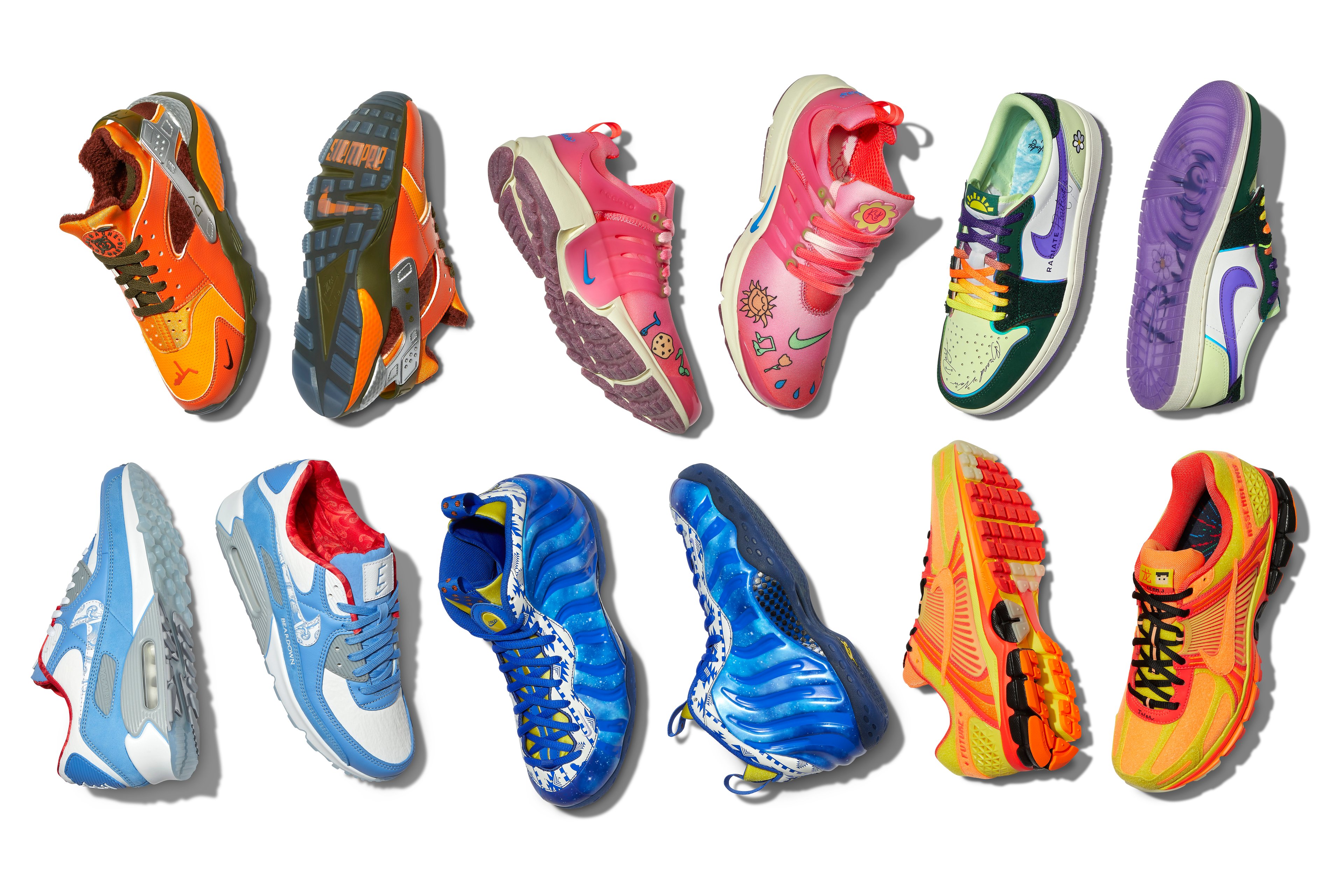Nike (NKE 0.09%), the sportswear giant behind the Swoosh, released its fiscal 2025 first-quarter earnings on Oct. 1. The company reported diluted earnings per share (EPS) of $0.70, surpassing analysts' consensus estimate of $0.52. However, its revenues of $11.59 billion came in about 0.5% below the analysts' forecast of $11.64 billion, and other metrics were disappointing.
| Metric | Fiscal Q1 2025 Result | Fiscal Q1 2025 Analysts' Estimate | Fiscal Q1 2024 Result | % Change (YoY) |
|---|---|---|---|---|
| Revenue | $11.59 billion | $11.64 billion | $12.94 billion | (10.4%) |
| Diluted EPS | $0.70 | $0.52 | $0.94 | (25.5%) |
| Gross margin | 45.4% | N/A | 44.2% | 120 basis points |
| Net income | $1.05 billion | N/A | $1.45 billion | (27.5%) |
| Inventories | $8.25 billion | N/A | $8.70 billion | (5.1%) |
Source: Analysts' estimates for the quarter provided by FactSet.
Understanding Nike
Nike specializes in designing, manufacturing, and marketing athletic footwear, apparel, and equipment, with brands including Converse, and proprietary technologies like Nike Air, Zoom, and Flyknit.
Recently, Nike has focused on product innovation and enhancing its digital engagement platforms. Its strategic emphasis has been on bolstering its brand strength and consumer connection -- key competitive factors in a highly dynamic retail landscape.
Quarterly Highlights
The company experienced a 10% year-over-year decline in revenue in the fiscal quarter, which ended Aug. 31. Nike brand digital sales saw a 20% drop, a stark indicator of decreased online engagement. That accounted for the largest share of Nike Direct's 13% revenue decline to $4.7 billion. Meanwhile, wholesale revenue declined by 8%.
Gross margin improved by 120 basis points to 45.4% due to factors such as lower product and warehousing costs, and strategic pricing actions taken over the previous year. CFO Matthew Friend noted these improvements in efficiency as critical offsets to revenue challenges.
The company faced broad-based sales declines in every geographical region: Revenues were down 11% in North America; down 13% in Europe, the Middle East, and Africa; down 4% in Greater China; and down 7% in Asia Pacific and Latin America.
Nike's marketing spending -- which the company tags as a "demand creation expense" -- soared by 15% to $1.2 billion, reflecting an intensified focus on brand marketing amid major sports events.
Inventories were reduced by 5% to $8.25 billion. This indicates improved efficiency in managing stock levels and adapting to shifts in product mix.
Looking Ahead
Nike refrained from providing updated guidance, citing its ongoing CEO transition and the postponement of its next investor day. This lack of clarity introduces a degree of uncertainty regarding the company's near-term strategic direction. Management hinted that fiscal 2025 will be a transition year, emphasizing the continued need for innovation and logistical efficiencies to rebound from current challenges.
Investors should closely monitor Nike's digital sales, given their 20% drop this quarter. Reinvigorating digital engagement will be crucial for its efforts to regain lost ground. Additionally, watching how the company navigates competitive pressures and market conditions in its key geographies will provide insights into its potential for a recovery in the upcoming quarters.






